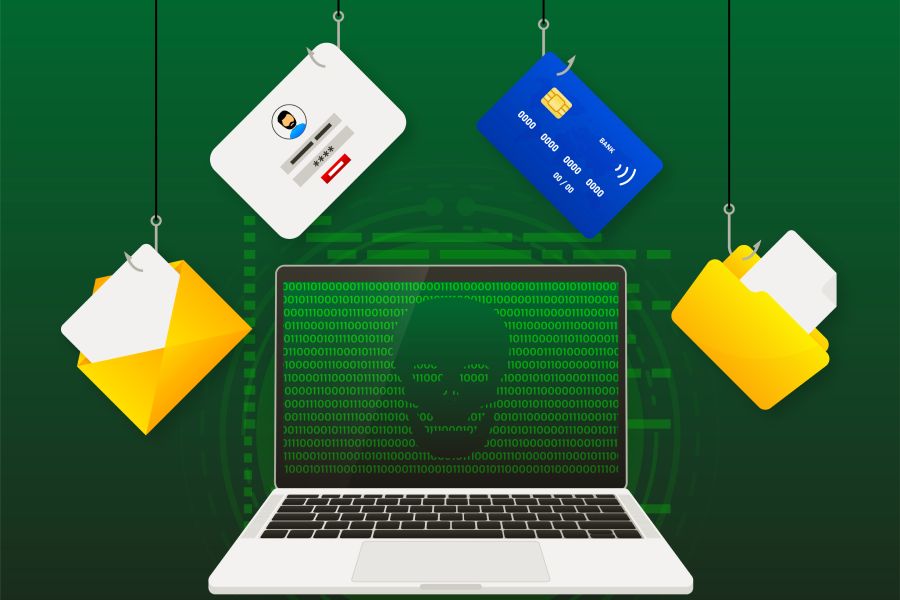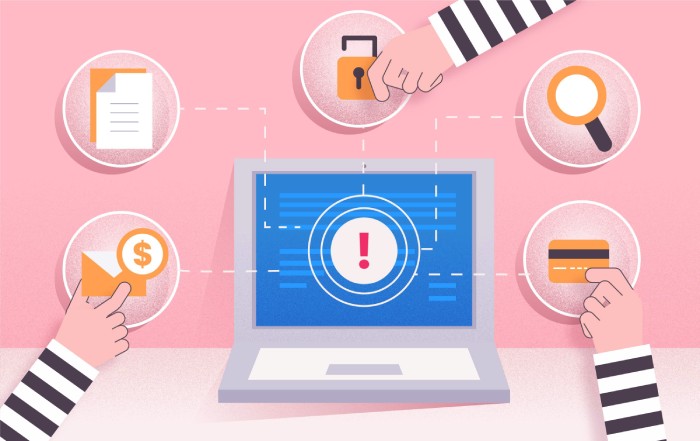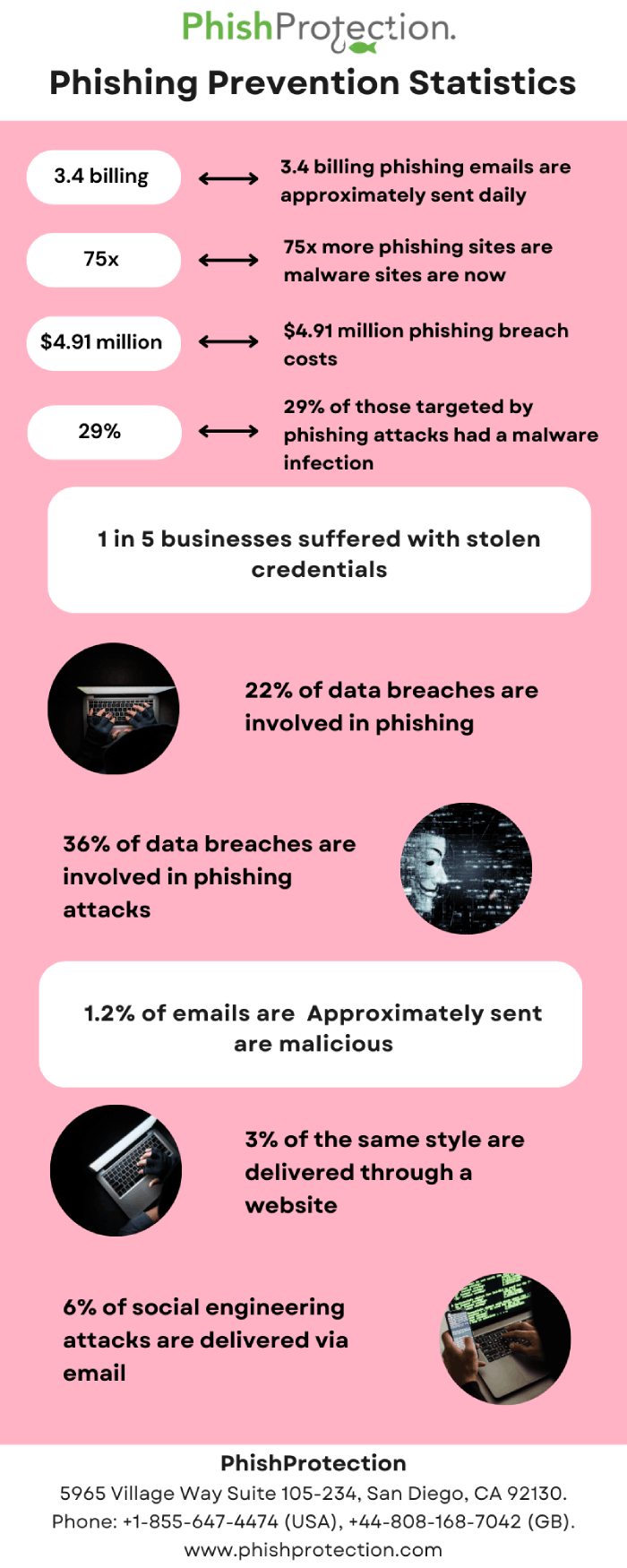The increasing trend of cyber-attacks and the lack of adequate cyber readiness dictate that organizations should improve their security posture by alerting their users about various types of phishing attacks, the methods malicious actors use, and the consequences of a successful attack. Solutions to improve phishing awareness start by educating users about what communications and media are used in a phishing attack, what to look for in a social engineering attempt, and how to spot a scam from a distance. Phishing simulation campaigns go a step further by helping employees become more alert to phishing attempts by going through mock-phishing attempts.
Some Recent Crucial Aspects of Phishing
An alarming 94% of malware is delivered via email, and over 80% of all security incidents are attributed to phishing attacks. Phishing attacks are increasing rapidly, and even the best-trained staff can fall victim to them, which is why anti-phishing solutions are the need of the hour. Organizations employ security tools such as email phishing protection and anti-ransomware solutions to protect against malicious attempts by threat actors. However, employee awareness training, including phishing simulation, is crucial as the human vulnerability factor cannot be overlooked.
Phishing as a Service – The Threat Has Strengthened
Attackers find phishing easier as unaware and uninformed users help perform half the work. Furthermore, budding malicious actors get encouragement from the rise of organized criminal groups on the dark web who offer phishing as a Service (PhaaS) packages, which lower entry costs and help perform the cybercrime even with less amount of technical know-how.
Microsoft recently opened the lid on a large-scale Phishing as-a-service (PhaaS) operation in which phishing kits, email templates, and various automated services were sold at low cost, enabling malicious actors to buy and deploy phishing campaigns with minimal effort. Microsoft removed six Internet domains that had falsified legitimate websites, marking an early stage of a spear-phishing attack to compromise political activists working for the US Senate and conservative groups.
Phishing Awareness Training And Phishing Simulation
Training and educating the staff, end-users, and other users directly or indirectly involved in your business about specific phishing threats they might face in their daily lives and how to handle them, is termed phishing awareness training. Advanced phishing awareness and training initiatives use phishing simulations to improve staff understanding and enable them to detect and prevent phishing attacks in a secure environment. In other words, showing employees a video or asking them to complete a quiz like in a traditional training session is not adequate. Organizations must ensure that they acquire the knowledge sufficient to mitigate a phishing attack entirely.
While cybersecurity solutions can block attacks technically most of the time, phishing attacks especially take advantage of human vulnerabilities. Hence, employees still need to be trained to know what to look for and protect themselves and the organization’s sensitive digital assets against phishing attacks. Simulating a phishing attack on employees allows assessing the maturity of an organization in terms of its approach to security awareness. It also helps optimize future iterations of campaigns and learning materials. Employees in the areas of security, IT, and compliance learn how to detect a phishing attack. However, the average non-IT employee is not that familiar with the nuances of phishing, spear phishing, and social engineering attacks. That is where phishing simulations become relevant.
The Significance of Phishing Simulations
Simulation sessions help sharpen the employees’ alertness towards threats such as email phishing, malware, ransomware, and spyware. Though traditional training methods use educational videos and programs for awareness, phishing simulation involves hands-on exercises that test the employees’ ability to detect phishing attempts by subjecting them to live phishing scenarios using mock phishing attempts. Below are the most prominent factors that make phishing simulations significant.
- Phishing simulations serve as an effective tool that enhances training and provides a snapshot of the employees’ cybersecurity consciousness.
- Running phishing simulations gives the team a realistic chance to test their ability to identify secure and unsecured emails.
- Phishing simulations help the employees by teaching them how to identify, avoid, and report potential threats that could compromise the organization’s critical business information and systems.
Improving Your Organization’s Cybersecurity Posture Against Phishing Attacks
A ransomware attack can be a direct consequence of a phishing attack as malicious actors can take critical information assets hostage with the help of stolen credentials using phishing. Employing two-factor authentication protocols makes it harder for attackers to re-use stolen access data of the network. Enterprises can also reduce the damage of a ransomware attack by maintaining frequent backups. Besides, email and business continuity solutions allow users to access their data even if the organization is under a ransomware attack. Along with phishing simulation campaigns and training, other security tools such as anti-malware and secure email gateways will help enhance an organization’s cybersecurity posture.
Final Words
Informed employees and secure systems are the keys to protecting a business from a phishing attack. However, many organizations assume that employees know more than what they do and do not train them adequately, which is a grave mistake. Employee training and human firewalls are needed as an essential first line of defense in today’s times against sophisticated phishing and ransomware attacks.
Traditional training methods are not sufficient in front of today’s highly developed phishing technologies. Hence, organizations must ensure that employees acquire the required level of alertness to detect and mitigate all types of phishing attempts using phishing simulation campaigns. The appropriate phishing awareness training is a step closer to compelling malicious actors to think twice before trying. A robust phishing simulation drive will help employees develop a reflex against all kinds of phishing emails and similar threats.



